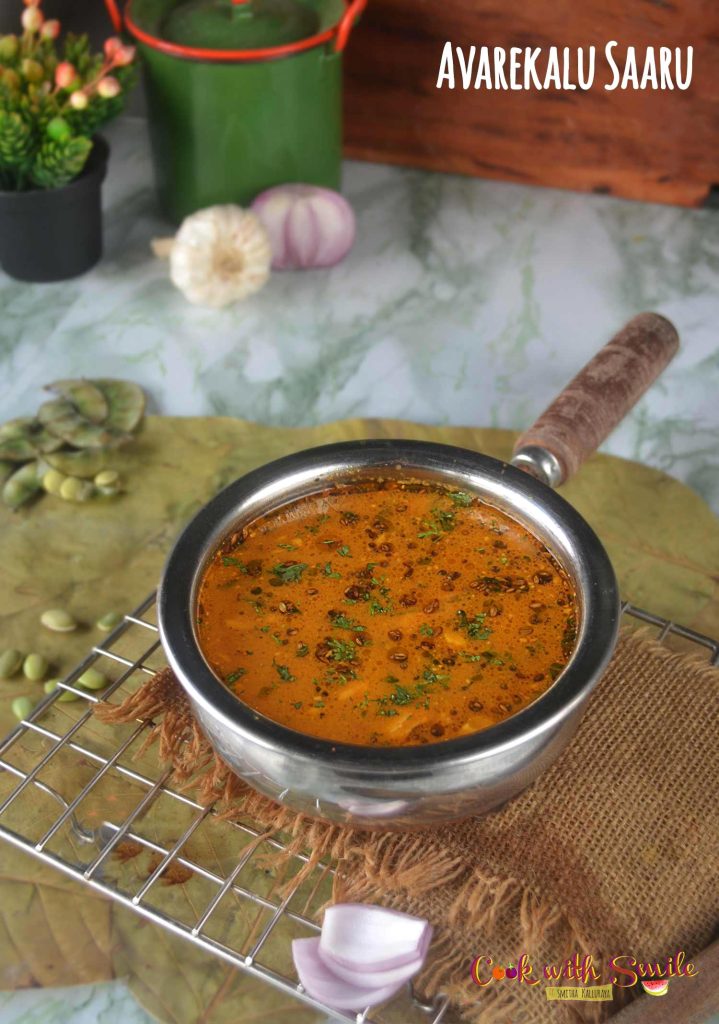

# Rasam: A Classic South Indian Soup
Rasam holds a significant place in South Indian gastronomy, often relished as a soup or starter. The term “rasam” translates to “extracted juice” or “liquid,” and this dish encapsulates the essence of comfort food in numerous South Indian homes. With its zesty flavor primarily sourced from tamarind, rasam is a flexible dish that can be tailored in countless ways, establishing it as a fundamental component of everyday meals.
## The Heart of Rasam
No authentic South Indian thali is entirely complete without rasam. It’s more than just a dish; it stands as a cultural phenomenon that stirs feelings of nostalgia and warmth. Every family boasts its own distinct rendition of rasam, showcasing home cooks’ unique interpretations. This flexibility allows for a myriad of flavors and components, making rasam a dish that can be relished in various forms.
### A Basic Rasam Recipe for Beginners
For those unfamiliar with cooking or seeking a simple recipe, here’s a beginner-friendly rasam recipe that does not require special rasam powder or lentils. This recipe is suitable for novices and can even be prepared by children with adult guidance.
#### Ingredients:
– 1 tablespoon tamarind pulp
– 2 cups water
– 1/4 teaspoon turmeric powder
– Salt to taste
– 1/2 teaspoon jaggery (optional, for sweetness)
– A handful of fresh curry leaves
– Fresh coriander leaves for garnish
– For tempering: 1 teaspoon ghee or oil, 1/2 teaspoon mustard seeds, 1-2 dried red chilies, and a pinch of asafoetida (hing)
#### Instructions:
1. **Prepare Tamarind Water**: In a bowl, blend the tamarind pulp with 2 cups of warm water. Strain to eliminate any solids, maintaining the liquid.
2. **Simmer the Base**: In a pot, mix the tamarind water, turmeric powder, salt, jaggery, and curry leaves. Bring to a gentle boil and allow it to simmer for about 10-15 minutes until the raw tamarind aroma fades.
3. **Prepare the Tempering**: In a small pan, warm the ghee or oil. Add mustard seeds and let them pop. Subsequently, add dried red chilies and a pinch of asafoetida. Sauté for a few seconds until fragrant.
4. **Combine**: Pour the tempering into the simmering rasam. Stir thoroughly and let it cook for an extra 2-3 minutes.
5. **Garnish and Serve**: Remove from heat, garnish with fresh coriander leaves, and serve hot alongside steamed rice, papad, and pickle.
### Personalizing Your Rasam
One of the delights of preparing rasam is the freedom to personalize it based on what ingredients are on hand. You may add freshly crushed spices like garlic, cumin seeds, or black pepper to elevate the flavor. Here are a few variations you may try:
– **Garlic Rasam**: Incorporate crushed garlic cloves for an intense flavor.
– **Pepper Rasam**: Blend in crushed black pepper for a fiery twist.
– **Tomato Rasam**: Mix in chopped tomatoes for a zesty variation.
– **Udupi Tomato Rasam**: A regional variation featuring tomatoes and spices unique to Udupi cuisine.
### Health Advantages of Rasam
Beyond being delicious, rasam also presents numerous health benefits. It facilitates digestion, helps stave off constipation, and can be soothing during illness. The mix of spices and tamarind renders it a warming dish that can clear nasal passages and provide relief for sore throats.
### Conclusion
Rasam transcends being just a soup; it is a cherished dish that unites families and recalls memories of homemade meals. Its simplicity, adaptability, and health advantages render it a dish everyone should try who is interested in South Indian cuisine. Whether enjoyed as an appetizer or as part of a main course, rasam is destined to please your palate and uplift your spirit. So gather your ingredients, adhere to the straightforward recipe, and savor this traditional South Indian delight!